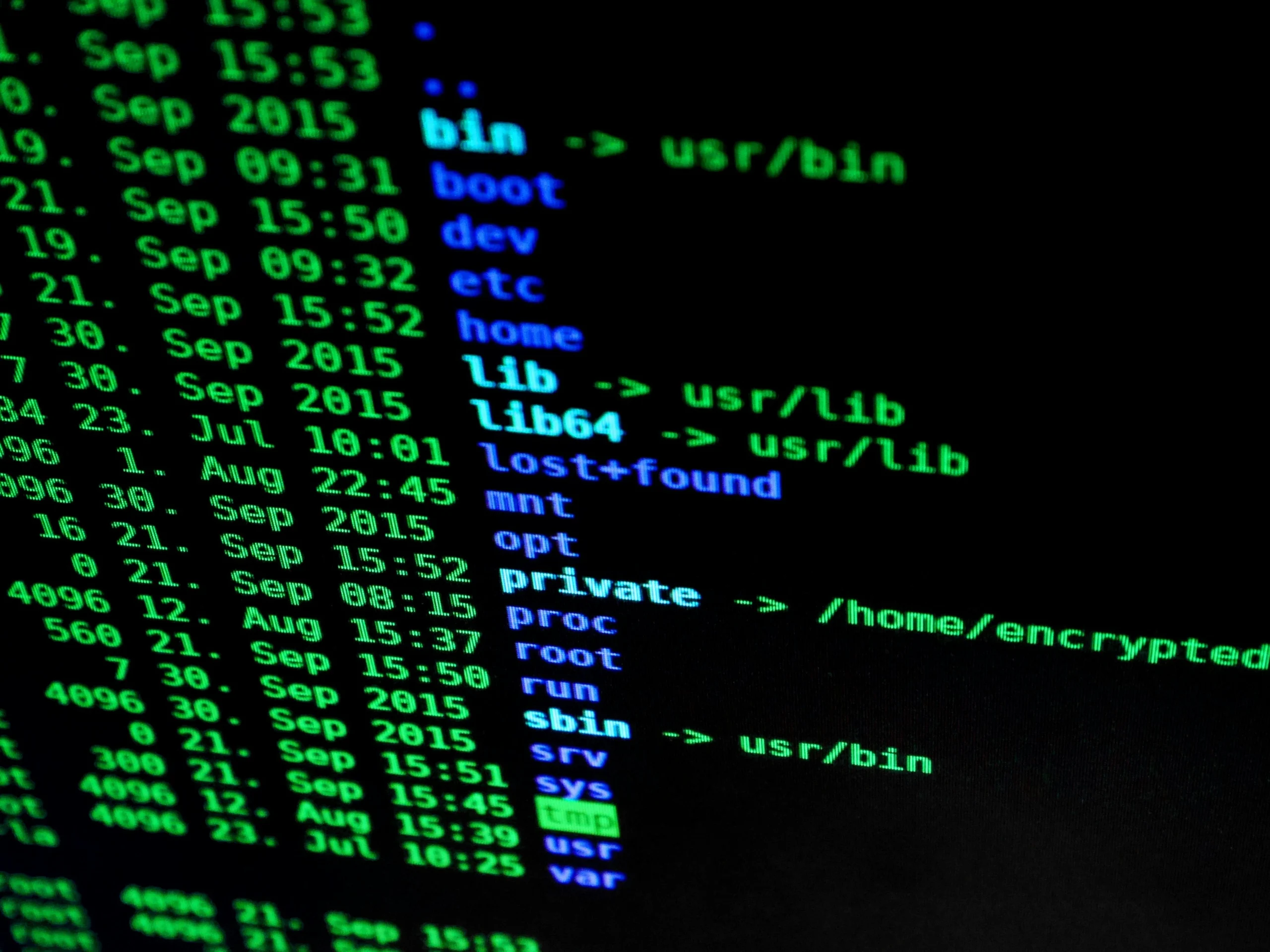Sustainability reporting is becoming a critical focus for companies as environmental, social, and governance (ESG) efforts are scrutinized by investors and consumers alike. Recent changes in regulations, such as the EU’s Corporate Sustainability Reporting Directive (CSRD), require Japanese firms with EU subsidiaries to comply. As these directives shift from mere reporting to ensuring quality assurance in disclosures, IT departments face heightened pressures to provide accurate data on greenhouse gas emissions from their operations. They must navigate complex calculations involving Scope 1, Scope 2, and Scope 3 emissions—integrating data from on-premise infrastructure and cloud services.
Moreover, the rise in energy consumption due to the proliferation of cloud services and AI technologies compounds these challenges. Major cloud providers, while committing to renewable energy, face criticisms regarding the actual efficacy of their ‘100% renewable’ claims. In Japan, energy composition heavily relies on fossil fuels, making it necessary for firms to grapple with the dual challenge of sustainability and operational costs, especially when incorporating advanced AI systems that further increase electricity demand. To effectively implement Green IT, companies are urged to integrate energy-efficient design principles from the outset.
👉 Pročitaj original: CIO Magazine







